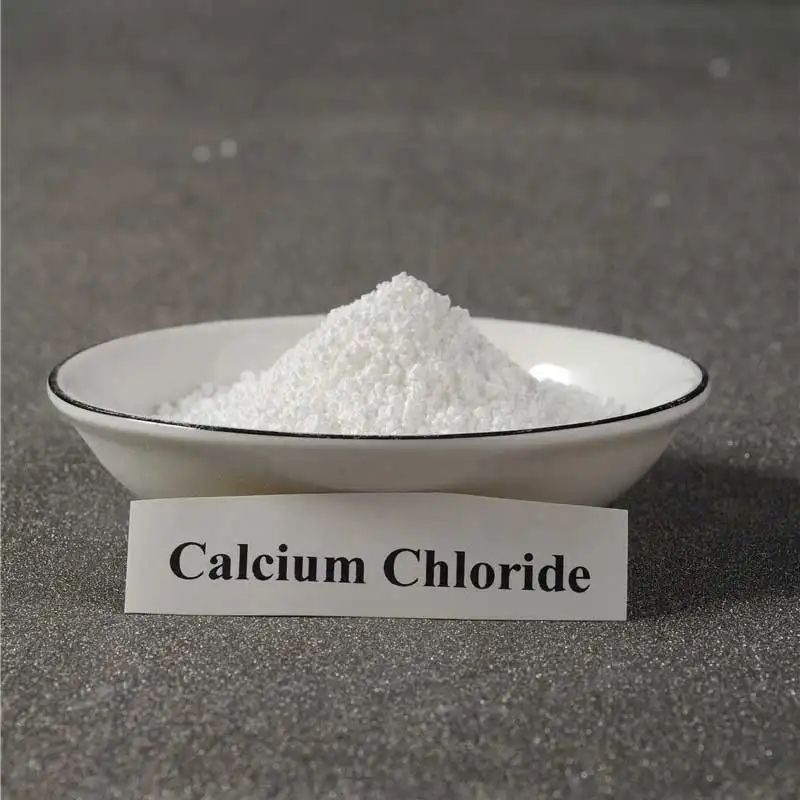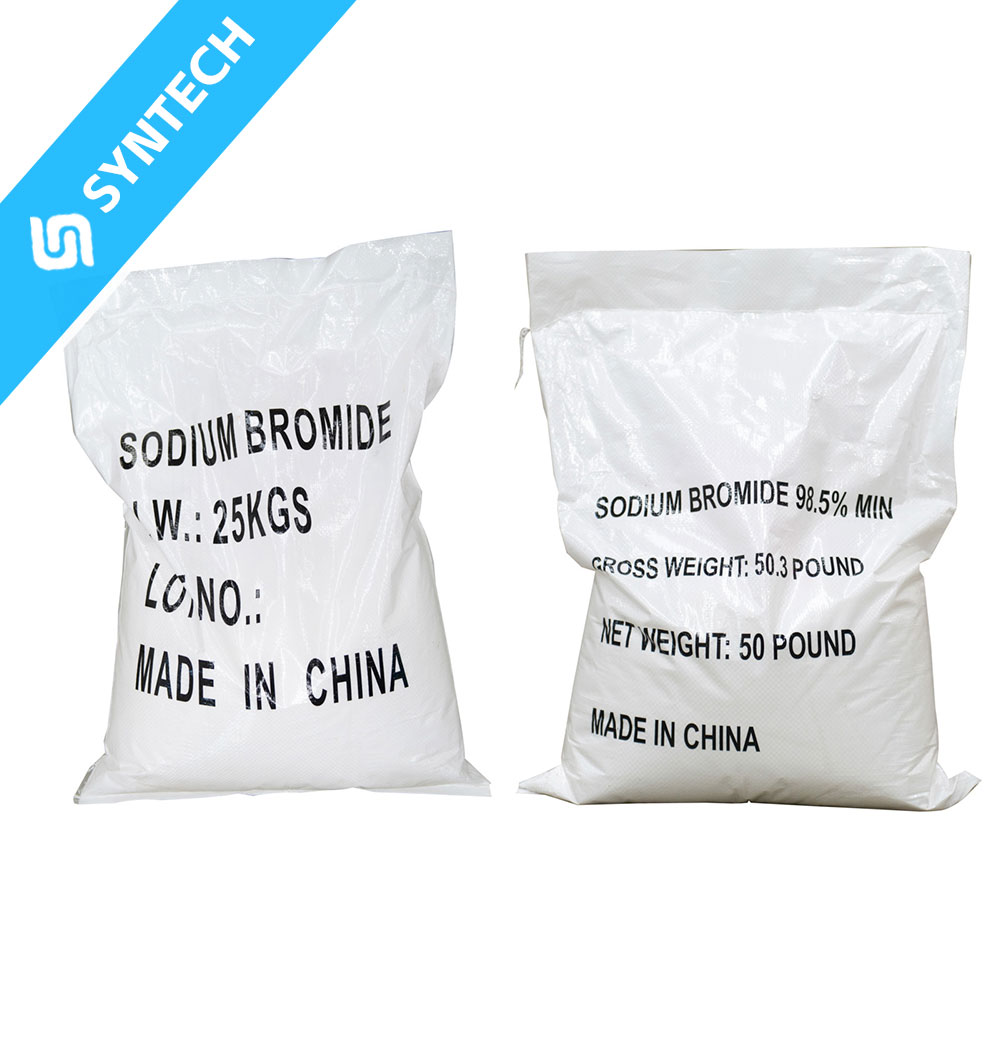1. Chemical Name
The systematic (IUPAC) name is Sodium 2-methylprop-2-en-1-yl sulfate; it is also commonly referred to as sodium methallyl sulfate (abbreviated as SMS in some industrial contexts).
2. Molecular Structure
- Molecular Formula: C₄H₇O₄SNa
- Key Structural Features: The molecule consists of three core segments:
- A methallyl group (2-methylprop-2-enyl group: CH₂=C(CH₃)-CH₂-), which contains a reactive vinyl double bond (C=C) at the C2 position and a methyl substituent (-CH₃) on the same carbon;
- A sulfate ester linkage (-O-SO₃⁻), where the oxygen atom of the methallyl group’s terminal CH₂-OH moiety forms an ester bond with the sulfate group (SO₄²⁻);
- A sodium cation (Na⁺) that ionically bonds with the negatively charged sulfate group (-SO₃⁻), rendering the compound ionic.
3. Core Physicochemical Properties
3.1 Solubility
It is a highly water-soluble ionic compound (solubility typically > 200 g/L in room-temperature water) due to the hydrophilic sulfate group (-SO₃⁻) and sodium cation, which interact strongly with water molecules via hydrogen bonding and ion-dipole forces. It is poorly soluble or insoluble in nonpolar organic solvents (e.g., hexane, toluene) and only slightly soluble in weakly polar solvents (e.g., ethanol, acetone).
3.2 Stability
- Thermal Stability: Stable under ambient temperature and pressure; decomposes gradually above 180°C, releasing small-molecule byproducts (e.g., SO₂, methanol derivatives) and initiating self-polymerization of the vinyl double bond.
- pH Stability: Stable in neutral to weakly alkaline environments (pH 6–9); in strong acids (pH < 2), the sulfate ester linkage may hydrolyze to form methallyl alcohol and sulfuric acid; in strong alkalis (pH > 12), partial saponification can occur.
- Storage Stability: Requires storage in a cool, dry, and oxygen-shielded environment to prevent oxidative degradation of the C=C bond or moisture-induced caking (it is a white crystalline solid in its pure form).
3.3 Functional Group Characteristics
- Reactive Vinyl Double Bond (C=C): The C=C bond at the methallyl segment is highly susceptible to addition reactions (e.g., with sulfonating agents) and free-radical polymerization, making SMS a key monomer for synthesizing water-soluble polymers (e.g., copolymers with acrylic acid).
- Ionic Sulfate Ester Group (-O-SO₃⁻Na⁺): The anionic sulfate group imparts strong hydrophilicity, electrostatic repulsion, and chelating ability to the molecule. These properties enable SMS-derived polymers to exhibit functions like dispersion, scale inhibition, and water reduction (e.g., in concrete admixtures or oilfield chemicals).






